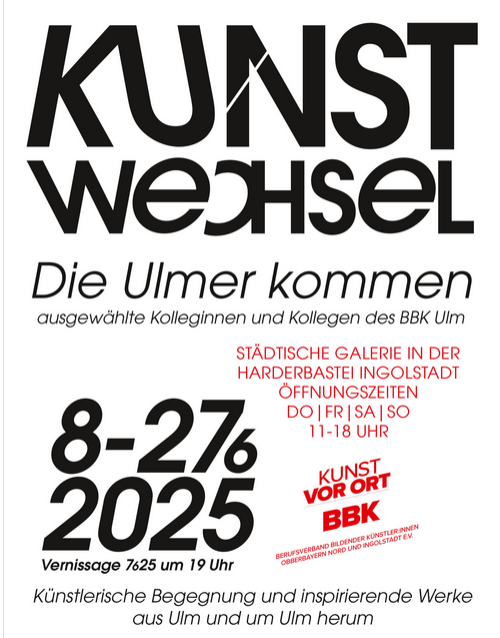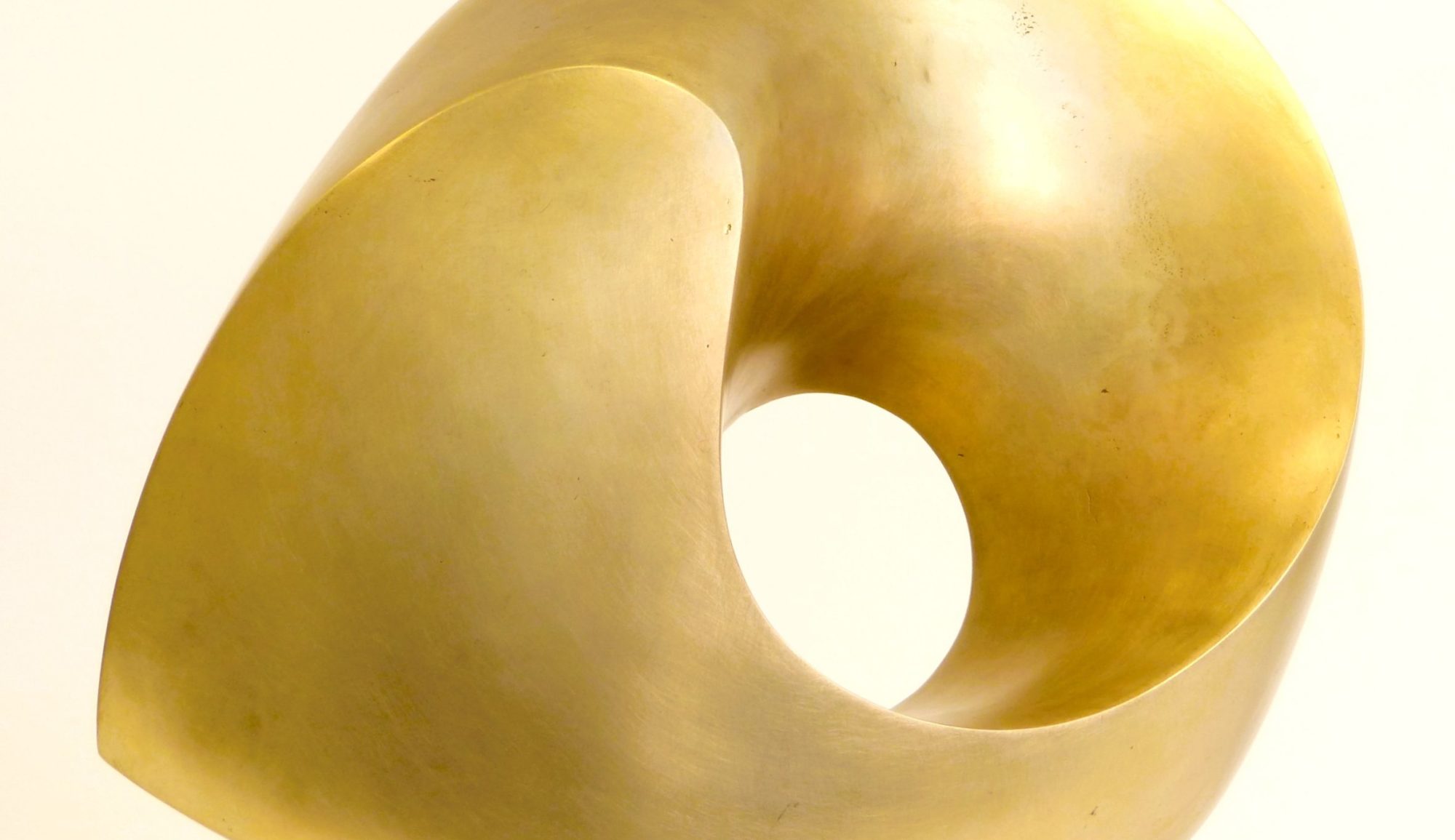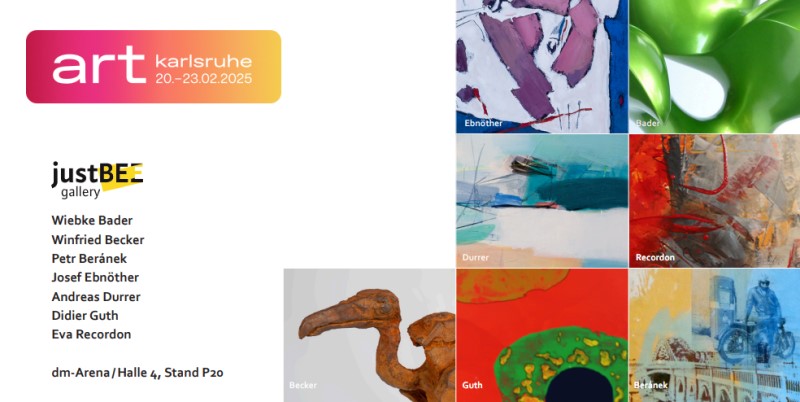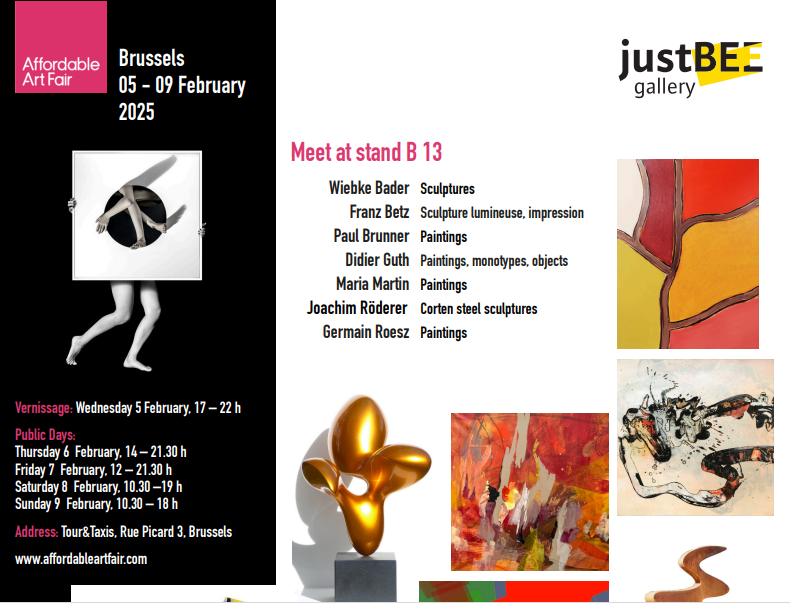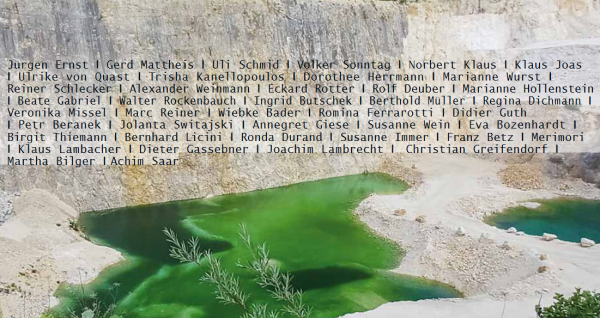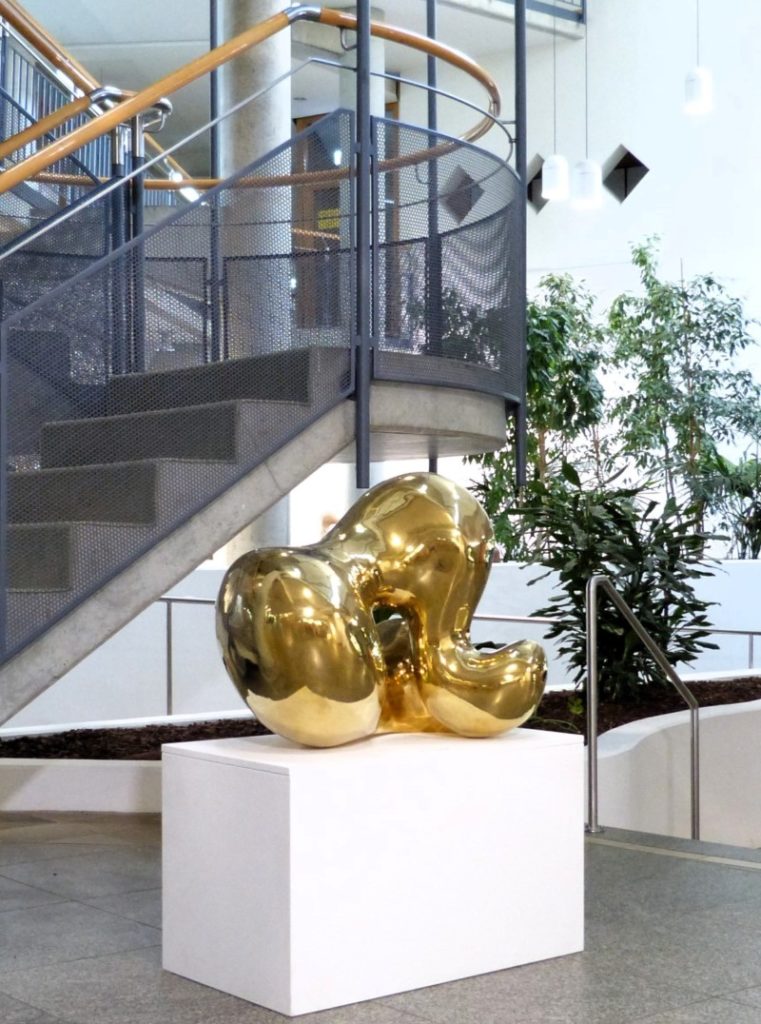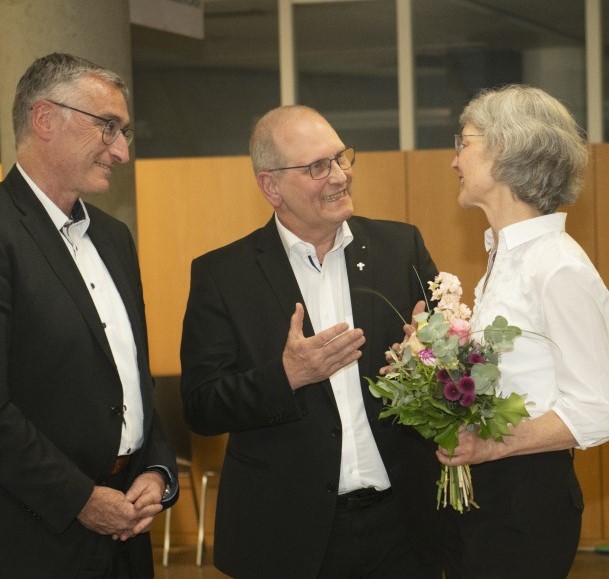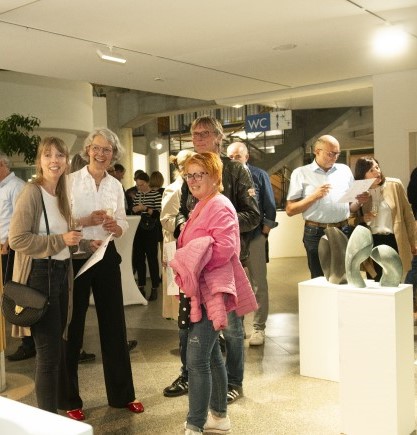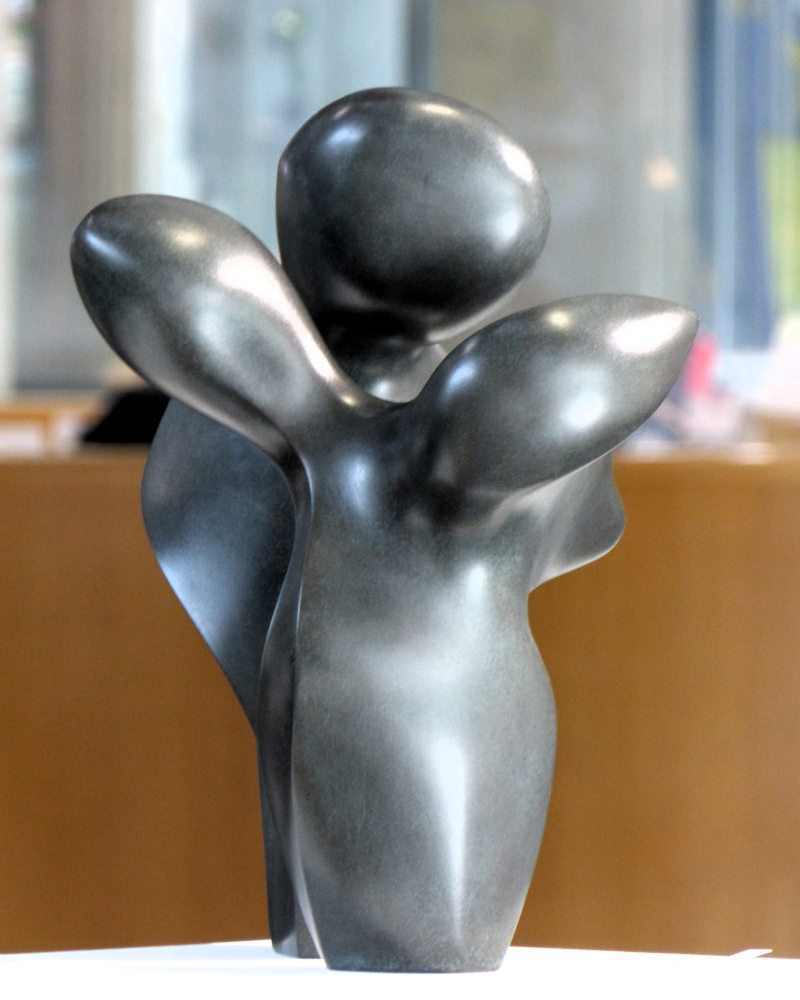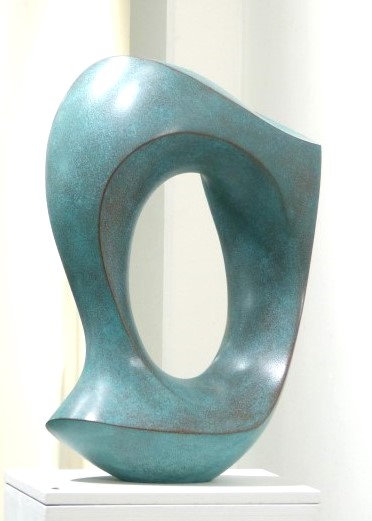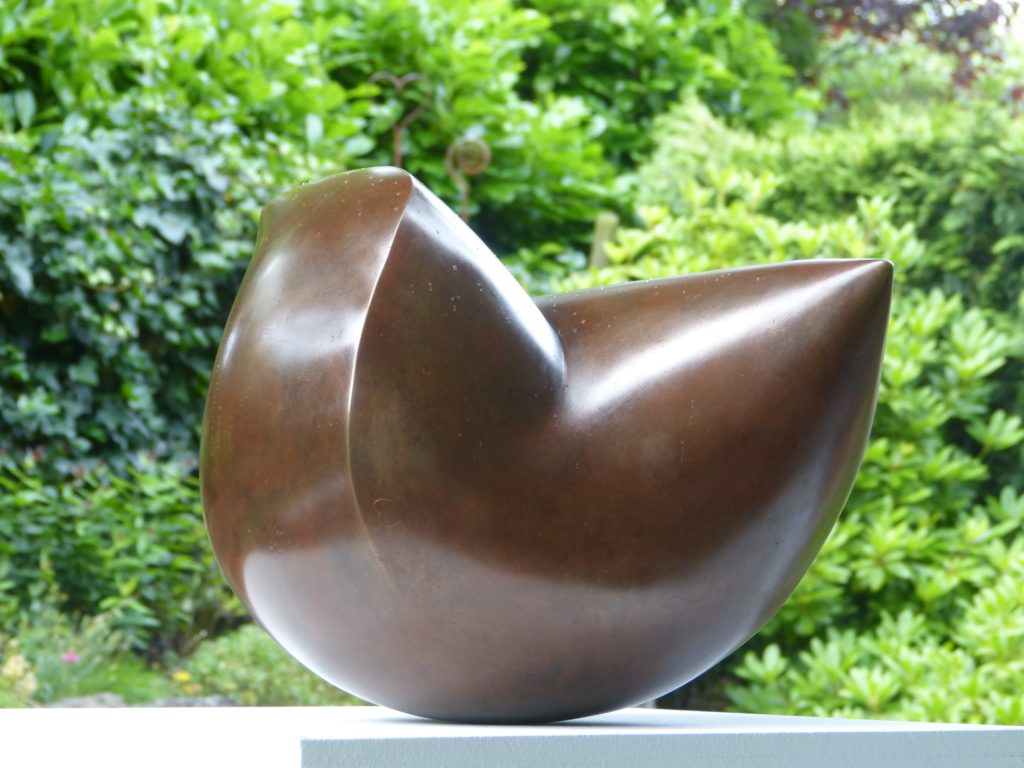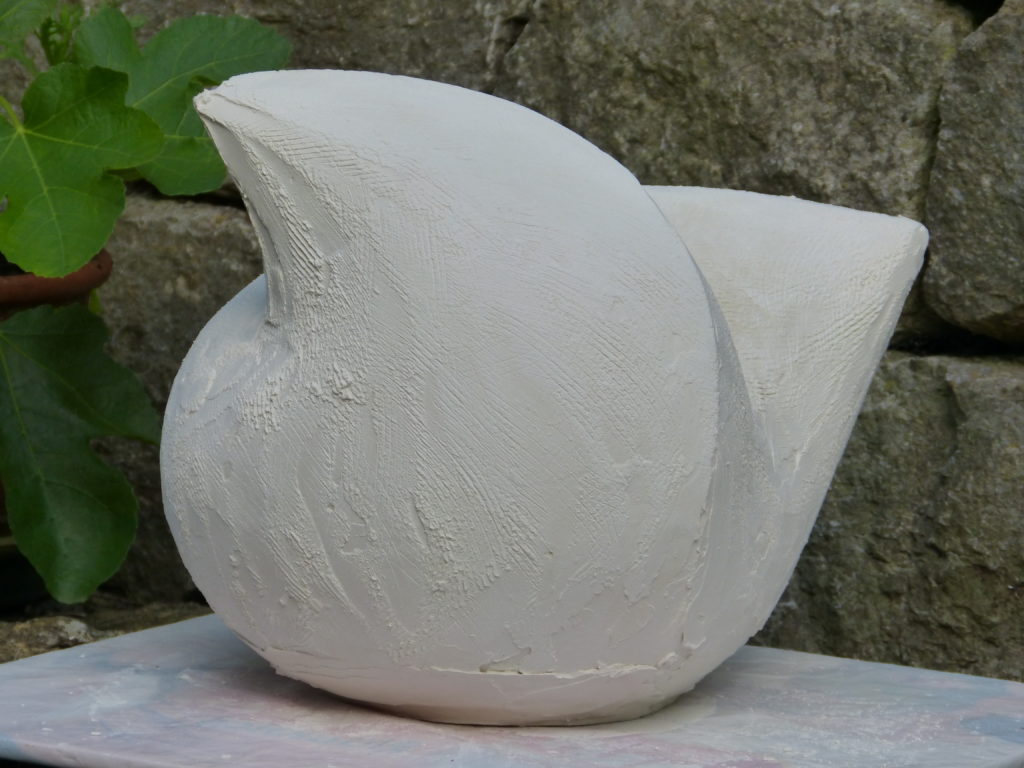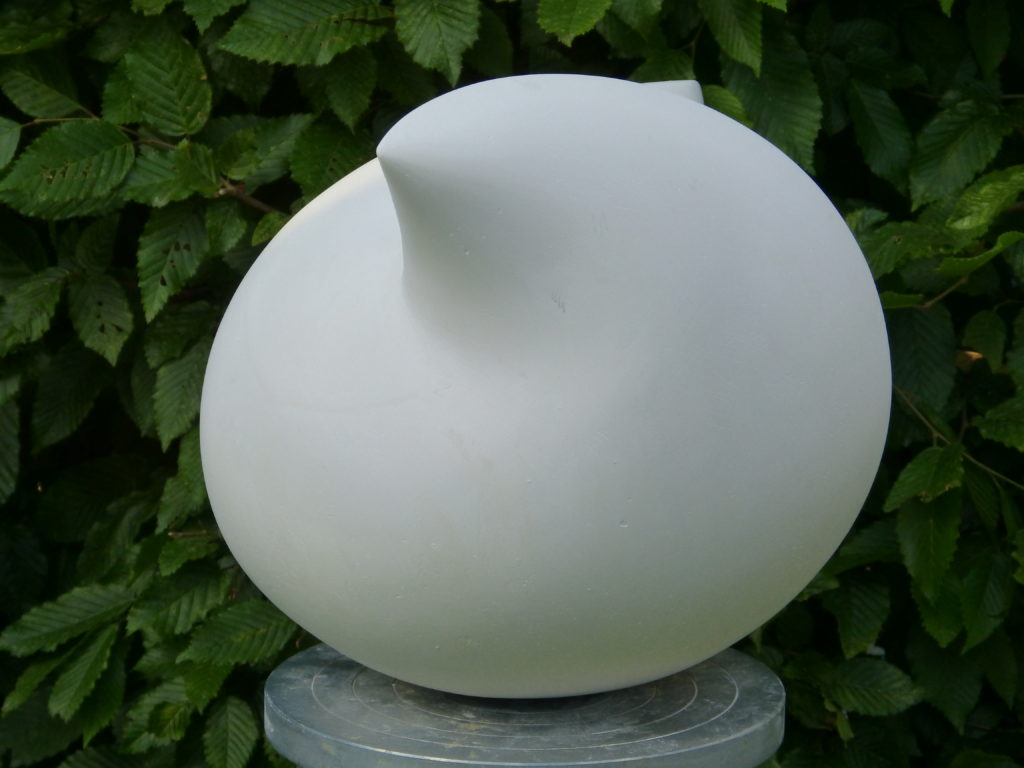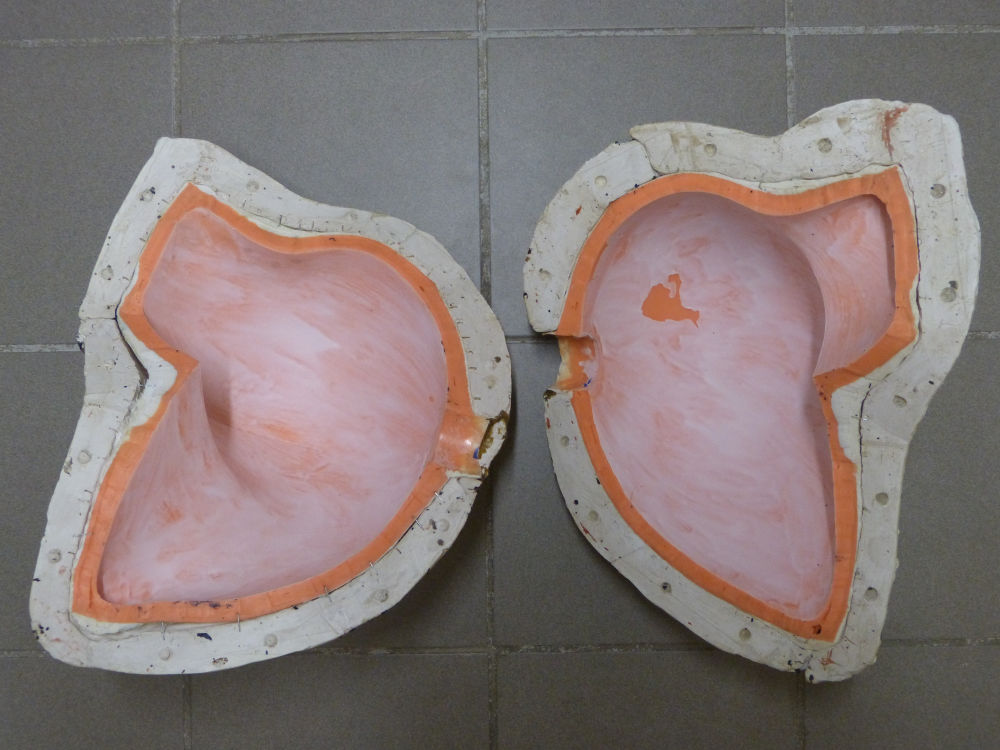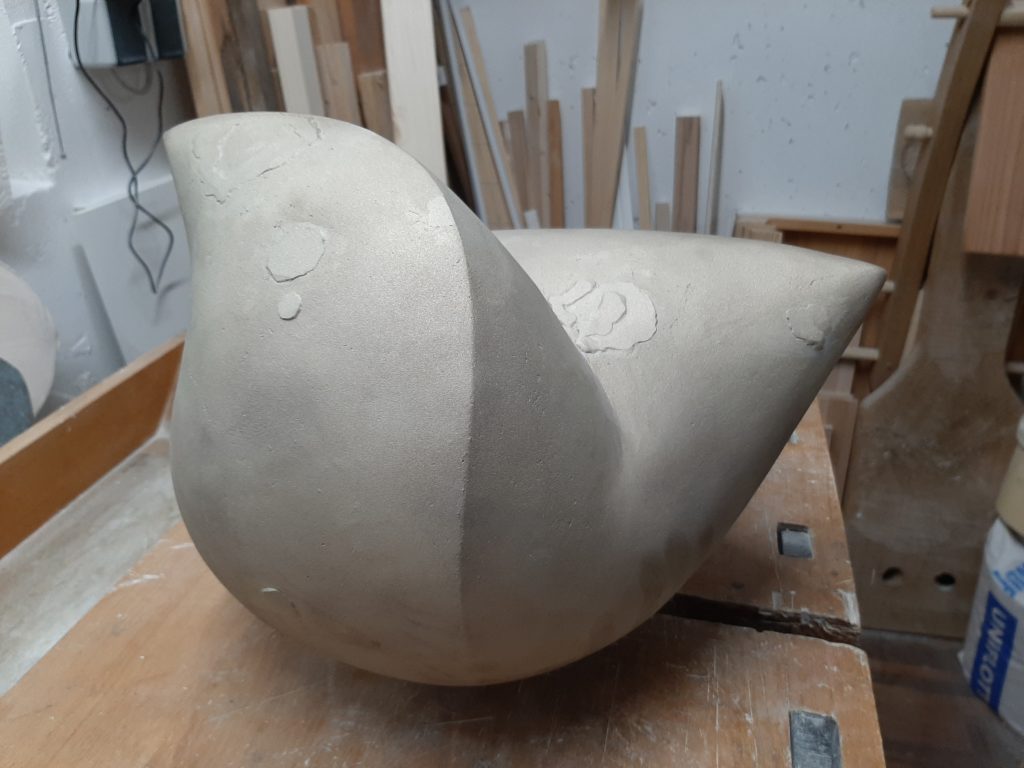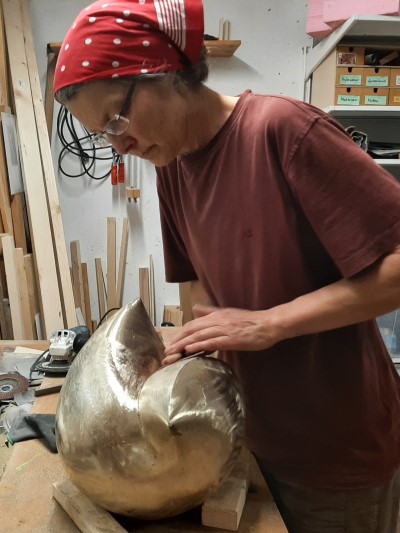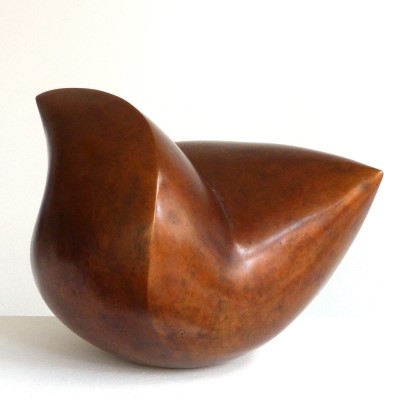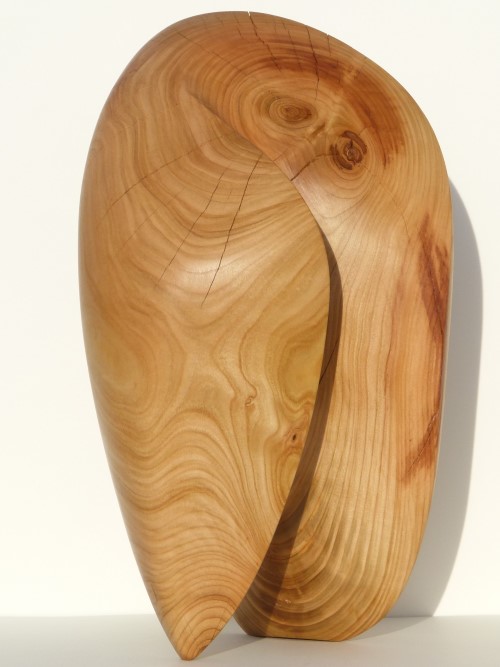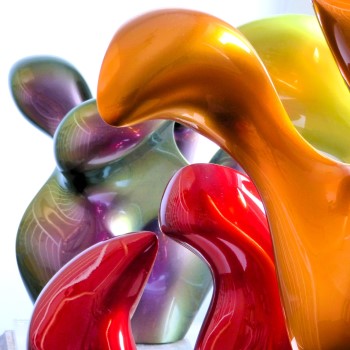
The people of Ulm are coming to the
ART EXCHANGE event
at the Harderbastei in Ingolstadt.
The opening is on Saturday,
June 7, 2025, at 7 p.m..
The exhibition is open from June 8, 2025, to June 27, 2025,
Thursday - Sunday, 11 a.m. - 6 p.m.
Colleagues from the BBK Ulm will be showing their works at the traditional art exchange at the Städtische Galerie in the Harderbastei at the BBK Ingolstadt. The artists have diverse biographies, perspectives, working methods, and artistic techniques. For this exhibition, I have selected exclusively colored sculptures from my abstract works. I am looking forward to the artistic encounter with my colleagues from Ingolstadt and to the inspiring works from the artists of Ulm and the surrounding area at this art exhibition.
Participating artists:
Myrah Adams | Bader Wiebke | Braun Gerhard | Eberwein Jörg | Gaisser Renate | Grathwohl Dorothee | Greifendorf Christian | Häring Max | Kuhmo Salla | Schlecker Reiner | Schoch Elena | Thiele – Zoll Ursula | Thiedemann Sibylle | Traue Elke | Ziebandt Heidemarie | Rockenbauch Walter
